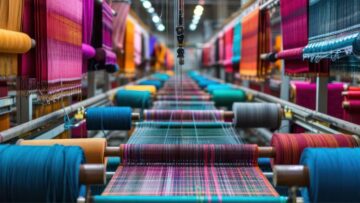
The Bangladesh Economic Zone Authority (BEZA) is embarking on a significant initiative to categorize the country’s economic zones into bronze, silver, gold, and platinum tiers even if this classification aligns with international standards and aims to promote environmental sustainability within the production processes.
The primary objective is to meet the rising global demand for eco-friendly production and attract future investments.
To facilitate this initiative, the Government is in the process of formulating a guideline known as the Green and Resilient Economic Zone (GREZ).
An event held in the capital Dhaka recently introduced the draft guideline to Government stakeholders and economic zone representatives.
The draft guidelines outline the criteria for categorising economic zones, taking into account their environmental, social, economic, and management performance.
This marks the first attempt at locally categorising economic zones based on their eco-friendliness.
Presently, many companies engaged in exports in Bangladesh, particularly those in the garment and textile sector, receive LEED (Leadership in Energy and Environmental Design) certificates from the United States Green Building Council (USGBC) as recognition of their environmentally responsible practices. Bangladesh boasts over 200 LEED-certified factories.
According to BEZA, the Government has launched 100 economic zones, with approvals granted to 92 of them. Industrial production has commenced in 12 of these zones, while infrastructure development is in progress in 32 others.
BEZA sources have indicated that pilot activities for environmental categorization will commence in three economic zones, including Bangabandhu Sheikh Mujib Shilpa Nagar in Mirsarai, Chittagong, and Meghna Industrial Economic Zone in Sonargaon, Narayanganj.






